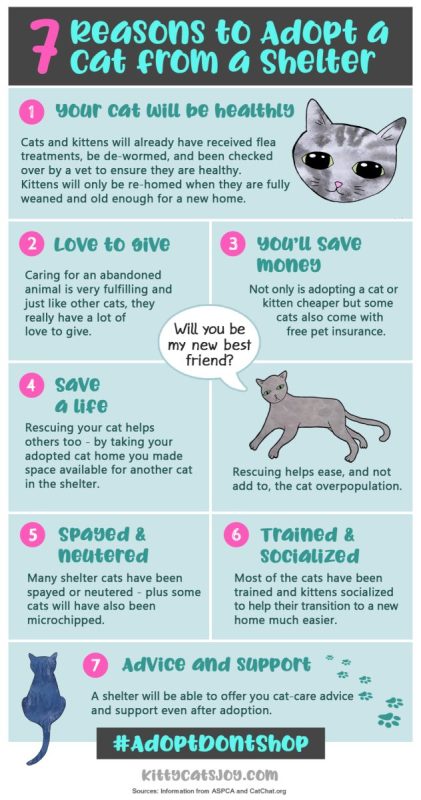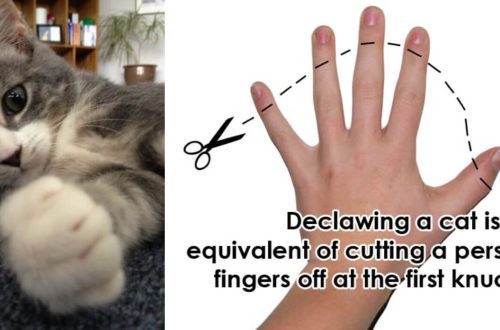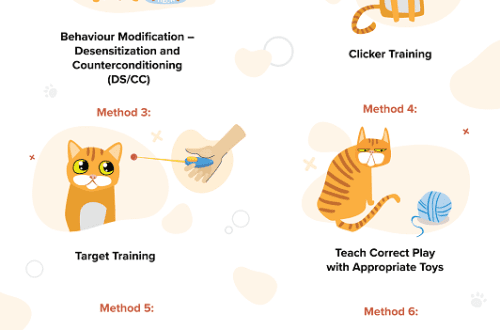
Why you should adopt a cat from a shelter
If you adopt a cat from a shelter, you are not only gaining a best friend, you may be saving the animal’s life. According to the American Society for the Prevention of Cruelty to Animals, about 3,4 million cats in the United States are in shelters. With such a huge selection of beautiful animals, the idea of adopting a pet from a shelter seems like a reasonable one. And that’s why.
Contents
Types of shelters
You can adopt a kitten from different shelters.
- Municipal shelter. These centers are run by municipalities and employ animal control staff to pick up stray and lost pets that clearly need care. They have a relatively small fee, but such shelters do not provide veterinary services such as vaccinations, spaying or castration.
- local shelters. To ensure the welfare of future pets, most shelters keep cats either in separate enclosures or in fenced areas specially equipped for their natural habitat. Some shelters even provide basic veterinary services, such as rabies vaccinations along with spaying and castration. If the shelter does not provide neutering services, staff can provide a list of local veterinarians who can help the pet for a nominal fee.
- Specialized cat shelters. Specialized cat shelters can only accept adult animals, cats whose owners are no longer alive, or cats with special needs. Some shelters specialize in a particular breed.
Each shelter sets its own rules and fees, so check with your local shelter for details on how you can adopt a pet and what he will need in his new home.
Can the shelter accept a problem animal?
Certainly not! Cats don’t end up in a shelter of their own free will. The most common cause is previous owners. Perhaps they moved to a new home and didn’t take the pet with them, or they had a lifestyle change, such as having a baby in the family, or a family member developed an allergy to cats. The illness or death of the owner is another misfortune due to which the animal ended up in a shelter.
In most cases, this happens by unfortunate accident. Regardless of the situation, most shelters will be happy to give you the reason why a certain cat is in the facility, as well as suggest how best to adjust the pet to the new home.
Why adopt an animal from a shelter?
A cat in need of a new home is always a great choice for those who haven’t had pets before. Most shelter cats once had an owner, so the pet knows the rules in the house. The shelter provides a large selection of animals: shorthair, striped, boys, girls – whatever your soul desires.
Most shelters record information about the temperament of cats and keep records of animals abandoned by the owners. This information may be helpful to you when looking for the perfect pet. If you know what to expect, or have any information about the animal’s past life, you already have a big advantage as to why you should adopt a cat from a shelter.
Healthy but curious
When choosing the perfect pet from a local shelter, health should always come first. Healthy cats have clear eyes and a clean nose, she should not sneeze, cough, especially with phlegm. The coat of the animal should look well-groomed and smooth.
Try to discern in such beauty also an inquisitive character! If your cat is awake during your visit, she should not be afraid to approach you and chat. A cat with a sense of adventurism gets used to a new family more easily.
How to adopt a cat
Each shelter has its own procedure, so check the organization’s website (or call the shelter) for more details. The following actions are the most common among most shelters:
- Typically, private shelters will require you to fill out a form with the veterinarian’s name, phone number, and additional information. First contact your local veterinarian for information and then contact the shelter.
- All data about animals ready to find a new family is published on the Internet or on the website of the shelter. If you like a cat, call in advance and check if it is in the shelter.
- Make an appointment at the shelter to look at the future pet.
- Don’t forget to bring your driver’s license or other identification document with you.
- Some shelters provide cardboard boxes for you to pick up, but if you have a carrier, please bring it with you. The cat must be transported in a strong carrier so that it is not injured and cannot escape.
- Some shelters give you XNUMX hours to think, so you won’t be able to pick up your pet right away. Keep in mind that in this way you can weigh your decision calmly, and the shelter will have the opportunity to check your details and make sure that you are a caring and responsive host.
- You may also be asked to fill out an agreement that specifies all the conditions for keeping and caring for the animal. You may need to neuter or neuter your pet, as well as timely vaccinations. Or you will have to return the cat to a shelter for some reason in order to find her a new home.
- Finally, take your cat home as soon as possible. Buy a tray, food and bowls for food and drink, put them in the same room. This will help the cat stay in the same room for the first one or two days while she gets used to the environment. Give her lots of toys and provide a place to hide, such as a cardboard box or soft house.
Calculate expenses in advance
A cat is a lifelong commitment. As her owner and protector, you are responsible for her well-being and well-being for the rest of her life. It is very important to calculate the costs and time that you devote to the cat.
Cats groom their own fur, but you need to trim its nails regularly to keep it from scratching you or furniture (and you know how cats like to sharpen their claws on carpet). If you are going to trim your nails at home, you will need help to keep your cat. If you have a long-haired cat, you may need to take it to a professional groomer regularly to make the coat soft and tangle free.
daily routine
Don’t forget to buy a tray, bowls and toys. You also need to buy a brush to comb the animal’s hair, clay or granular toilet litter.
High quality pet food rich in nutrients and free of additives. Cat food, such as Science Plan, you can buy at a veterinary clinic or at a specialized pet store.
What about time costs? You don’t have to walk your cat, but you do need to spend quality time with your furry friend every day. Grooming, brushing, feeding, and just spending time together is essential to forging a special bond between you and your new pet.
Cats are so outgoing, loving, and affectionate—and ask for so little in return. So don’t hesitate and get a cat. As they say, let this be the beginning of a strong friendship.





